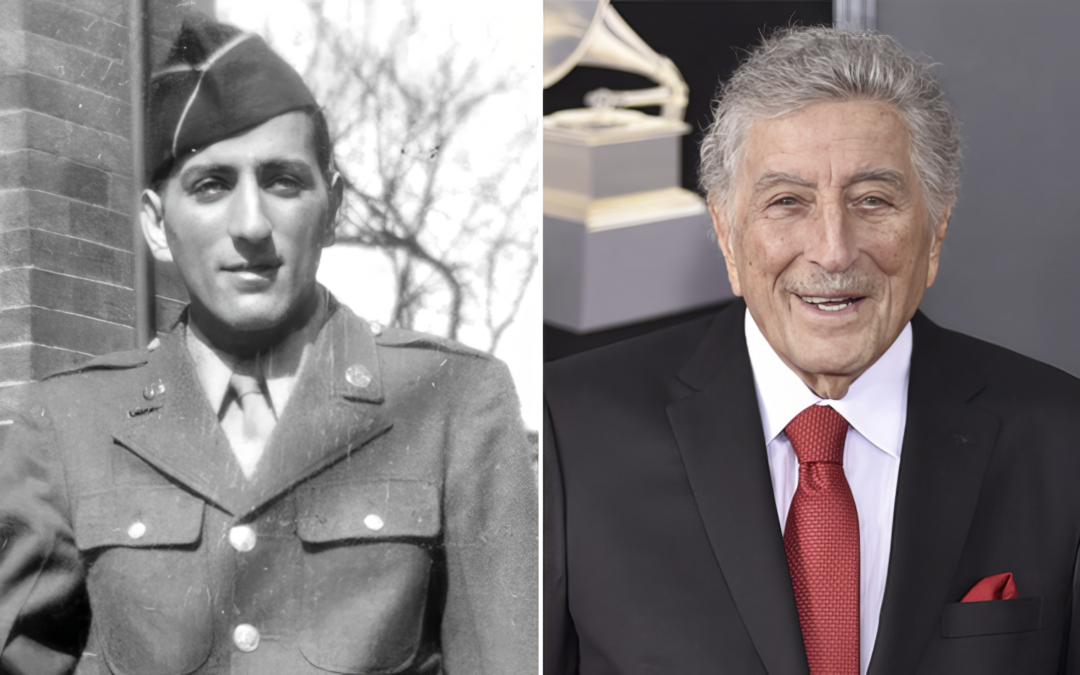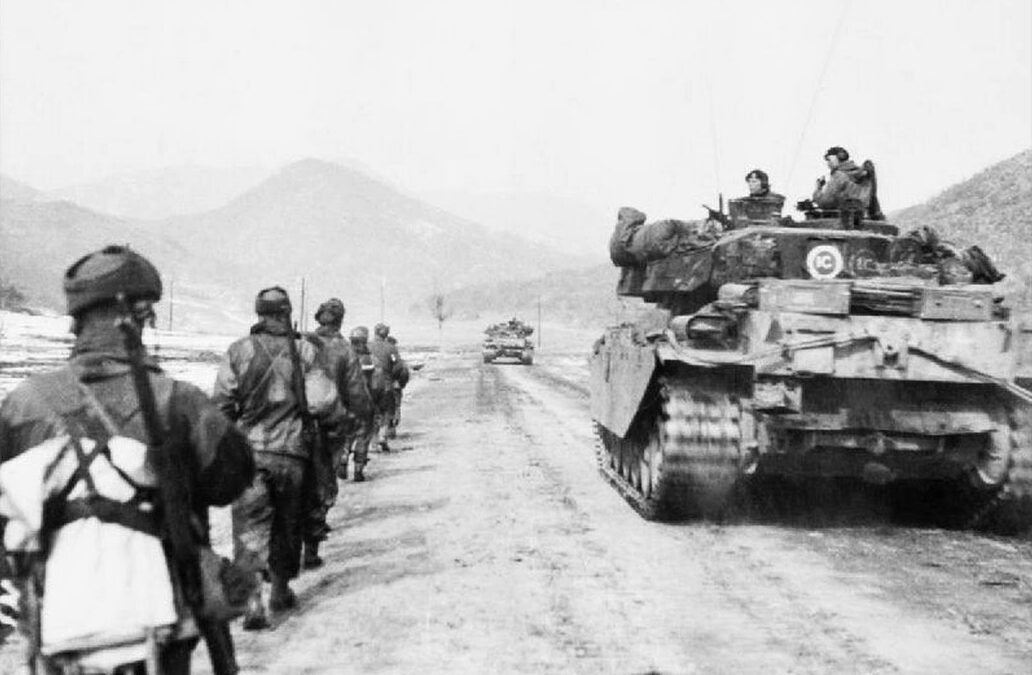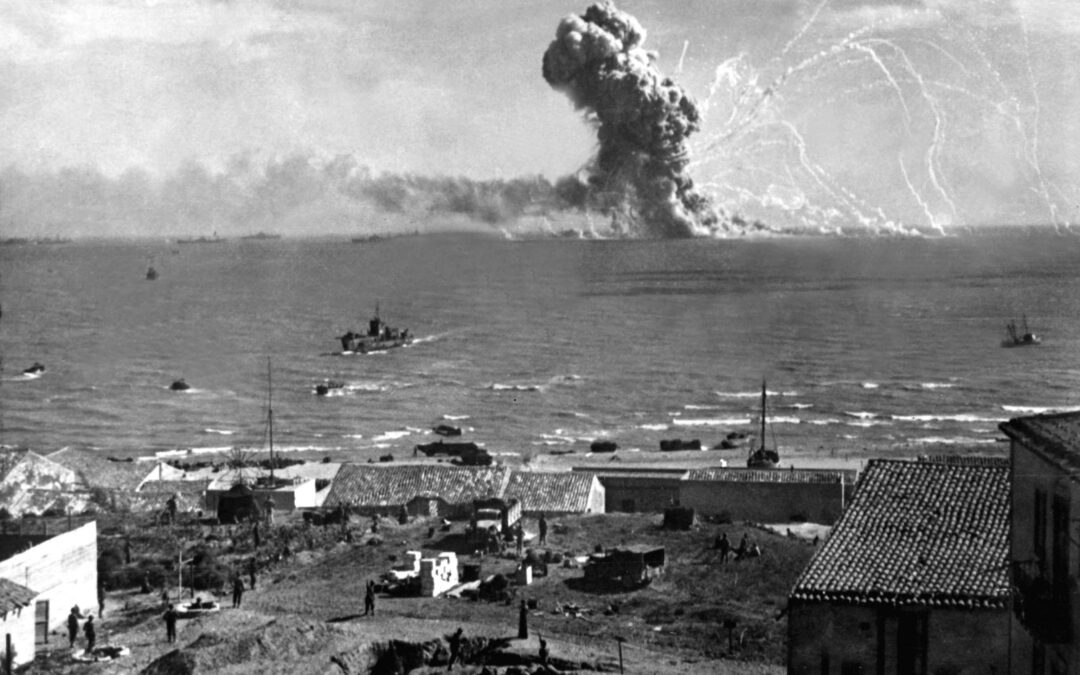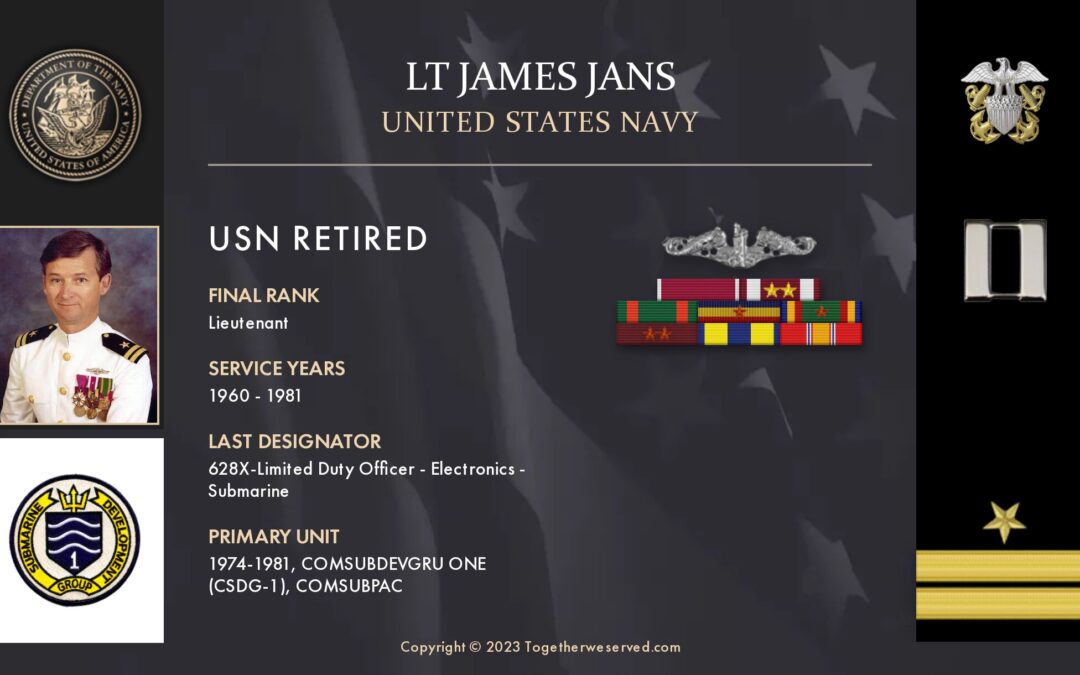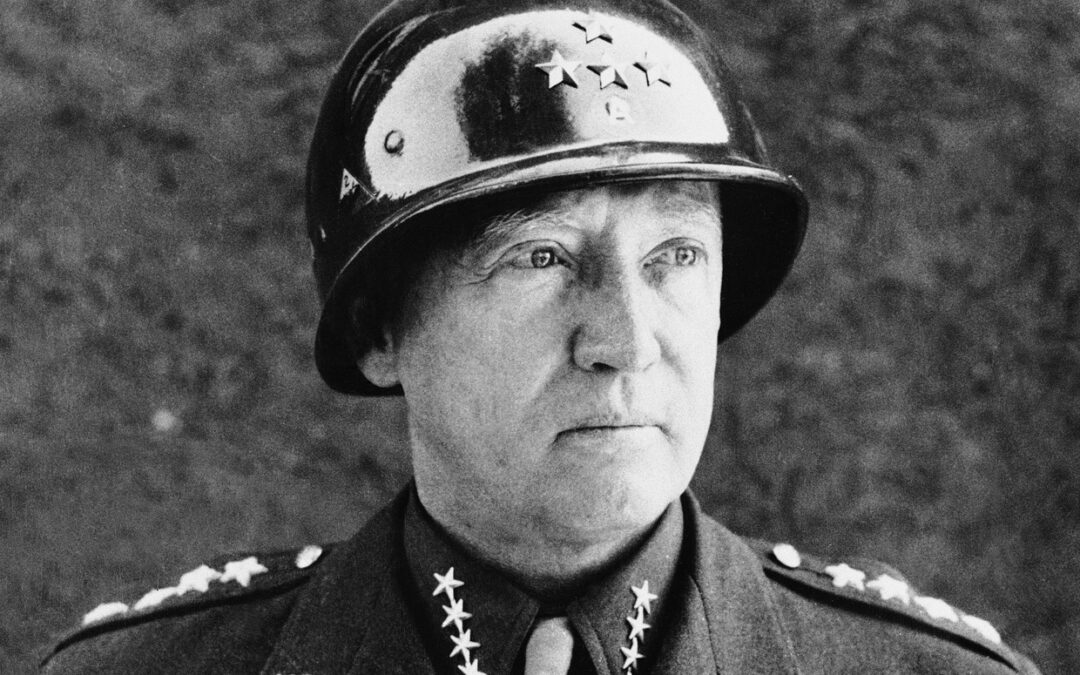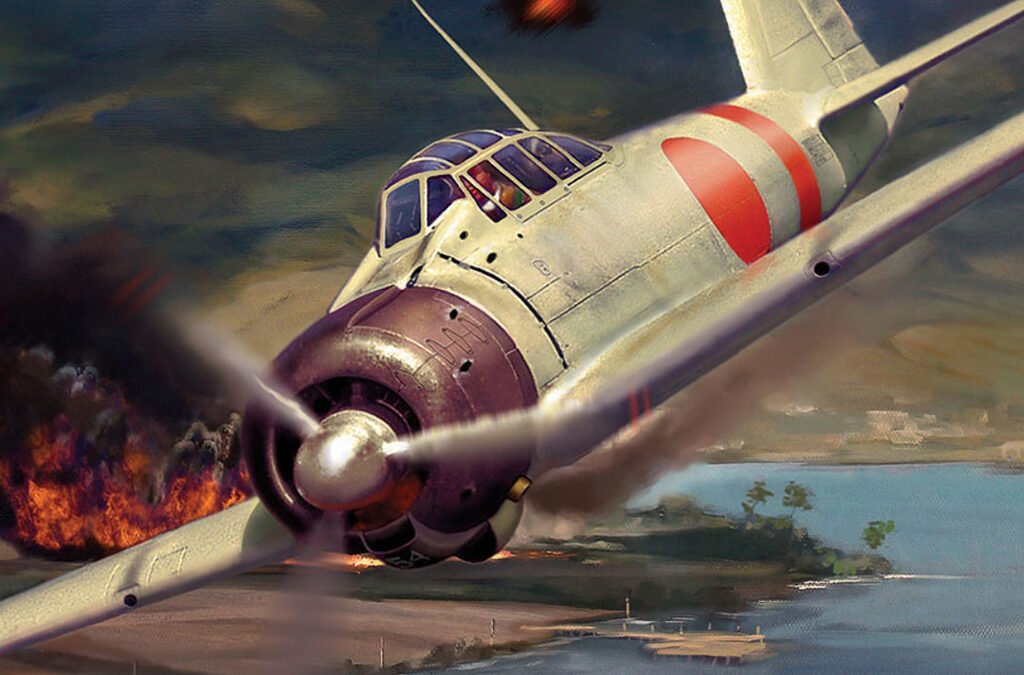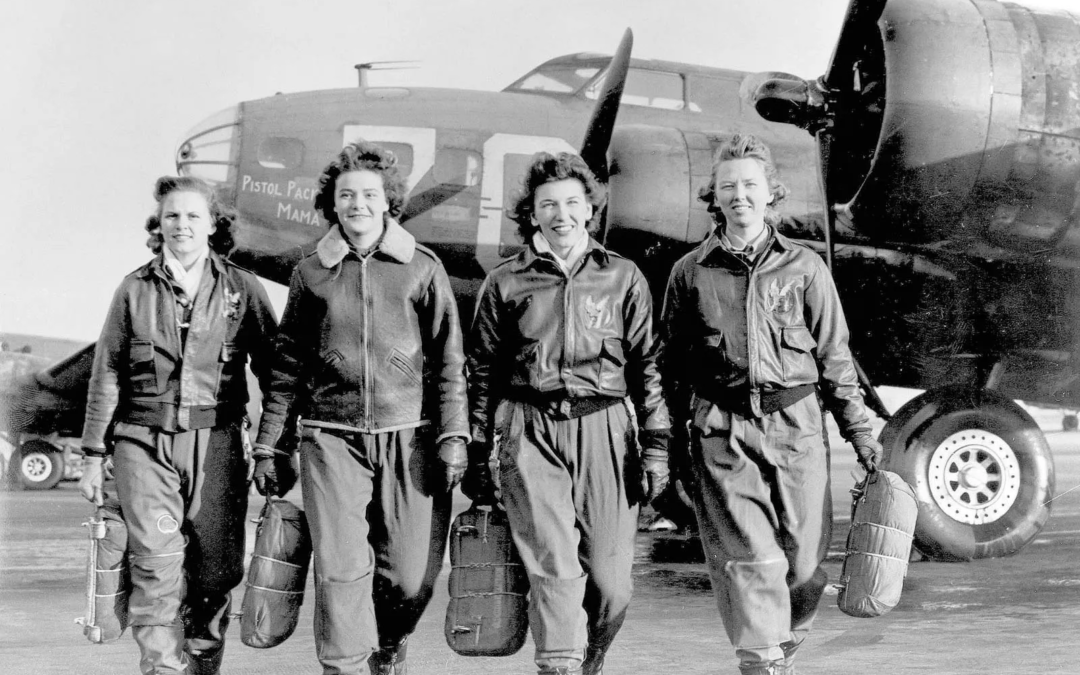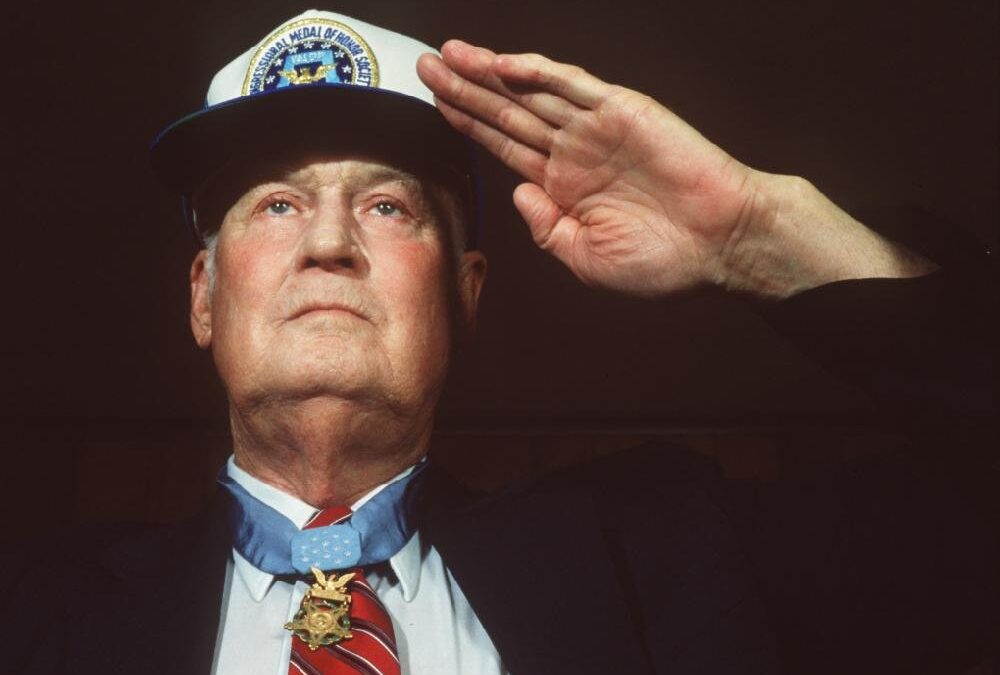Timing can be critical when conducting a military operation. During World War II, it wasn't just the men in combat who depended on accurate timing. The rest of the millions of Allied service members and potentially the entire free world relied on precision watches. Like many things produced during World War II, the A-11 watch was developed for use by the U.S. military. The A-11 Watch Was Designed to Be the Timepiece that Survived the War Like most critical supplies, the Allies knew that their troops required timekeeping devices that could withstand any of the dangers of modern combat, even if they weren't sure what the fighting would look like. The A-11 spec wristwatch was designed to be the timepiece that survived the war; even its wearer did not. Veteran-inspired watchmaker Praesidus is bringing back the quality of that original design with a new line of recreated vintage tool watches inspired by the original World War II A-11 spec. The design of its latest watch, the A-11...


